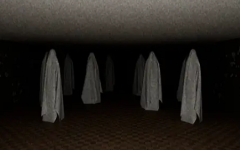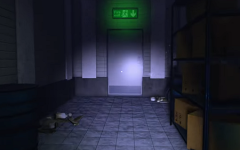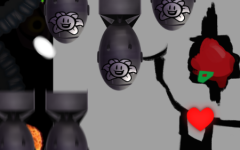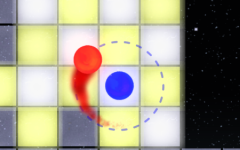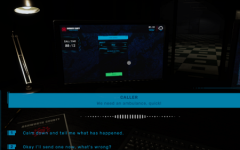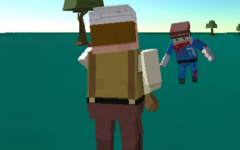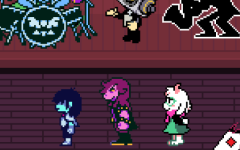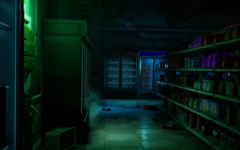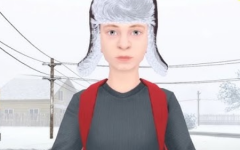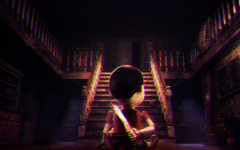Advertisement
RUN BEFORE HE KNOWS
Advertisement

Run Before He Knows draws players into a night seen through the eyes of a seven-year-old child, creating an experience based on vulnerability and confusion. The setting is familiar but distorted, with everyday spaces feeling uneasy as players explore the unfamiliar home. The game’s retro visual style reinforces the limited understanding of the young protagonist, emphasizing how small changes in the environment become amplified under stress. Every hallway and room feels larger, emptier, and more uncertain, forcing players to move carefully while piecing together what is happening around them.
Gameplay Built Around Subtle Shifts
Progress in Run Before He Knows depends on the player’s ability to notice small shifts in their environment. Items found around the house can provide either assistance or warnings, and interactions often trigger changes that are not immediately obvious. The lack of direct guidance increases tension, requiring players to trust their memory and instincts as they search for a way to stay safe. Some actions may speed up the danger, while others may delay it, creating a constant balance between risk and survival. Exploration must be deliberate, as the wrong choice can quickly lead to a situation where escape becomes impossible.
Audio Cues and Accelerating Threats
Sound plays a critical role in shaping the experience of Run Before He Knows. Quiet noises, sudden creaks, and distant sounds alert players to shifts in the situation long before anything becomes visible. Listening carefully can mean the difference between avoiding danger and walking straight into it. The game’s compact length ensures that the pressure never fades, keeping players fully engaged from start to finish. Each decision, each sound, and each discovered clue adds to the growing sense that time is running out, pushing players to act before the threat lurking within the house catches up to them.





















































































































